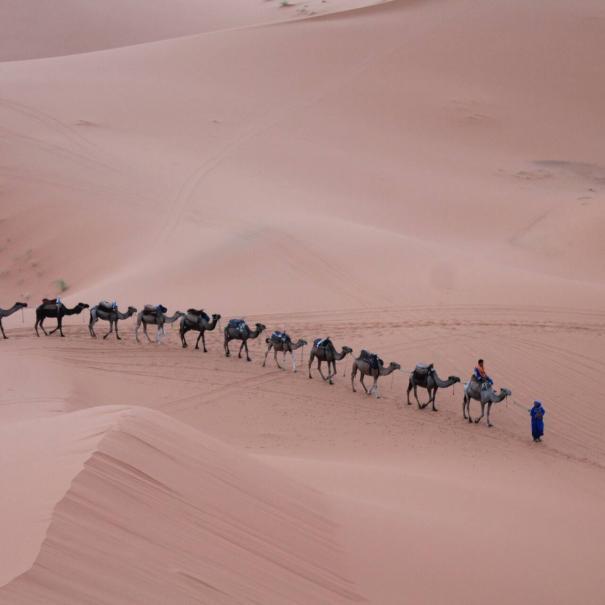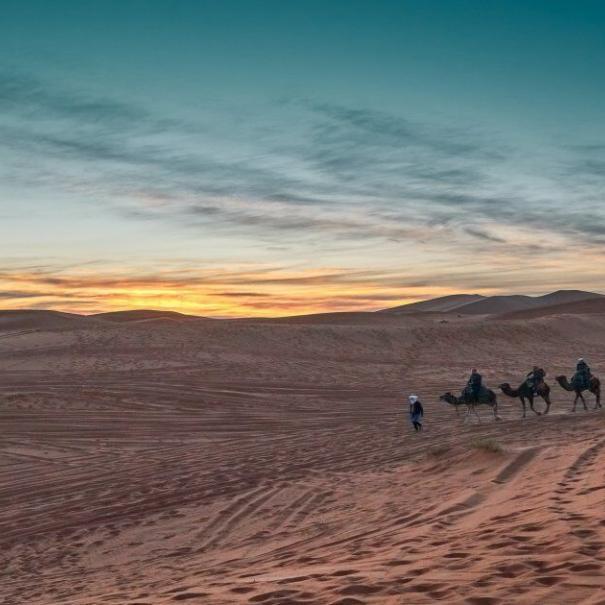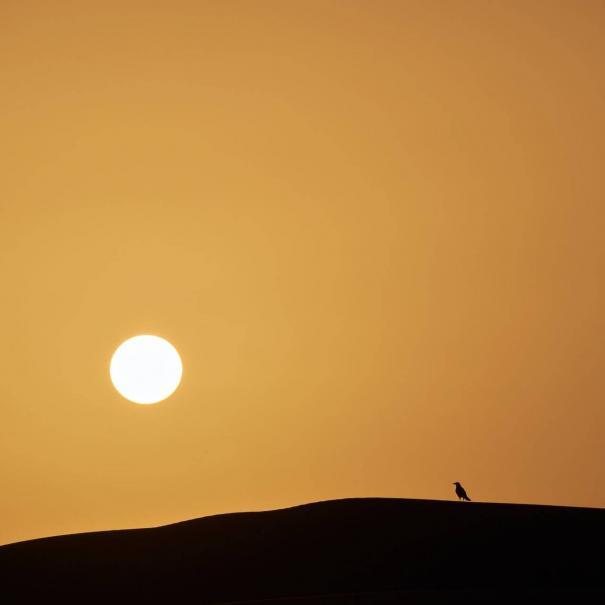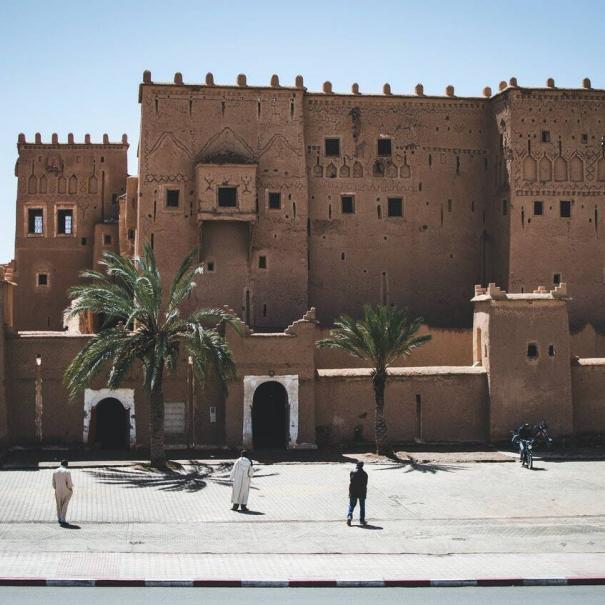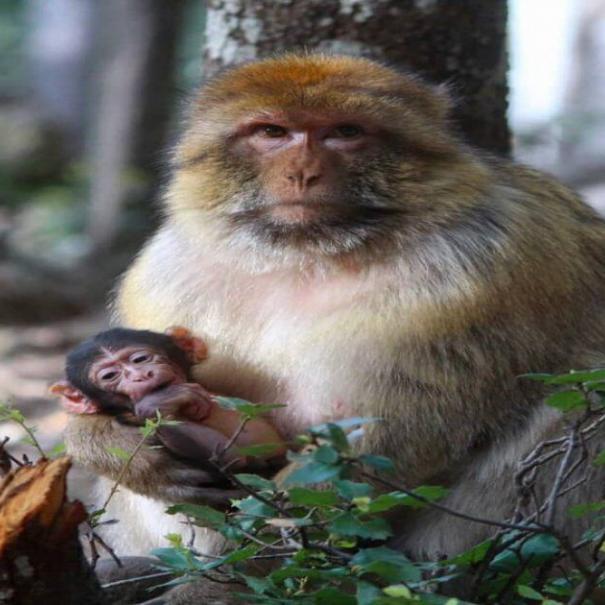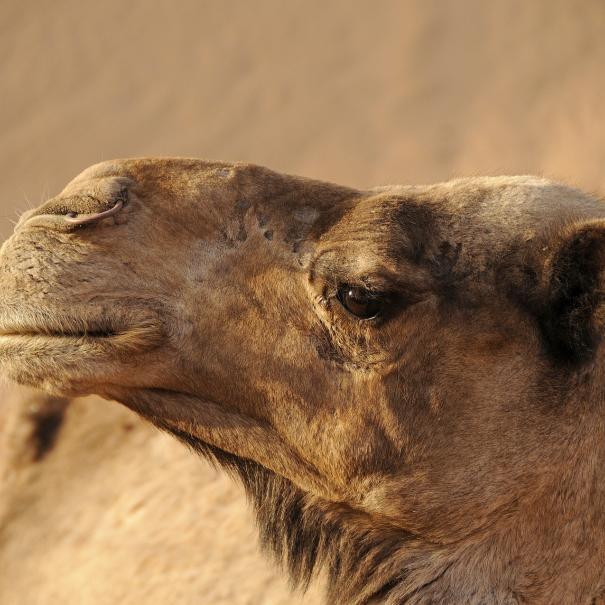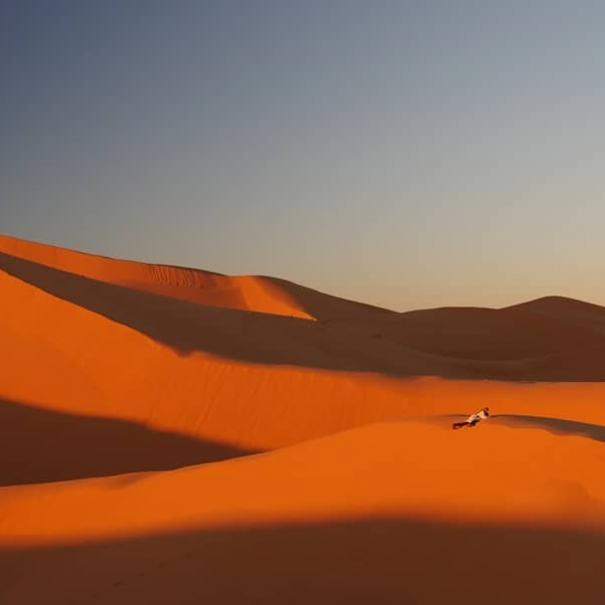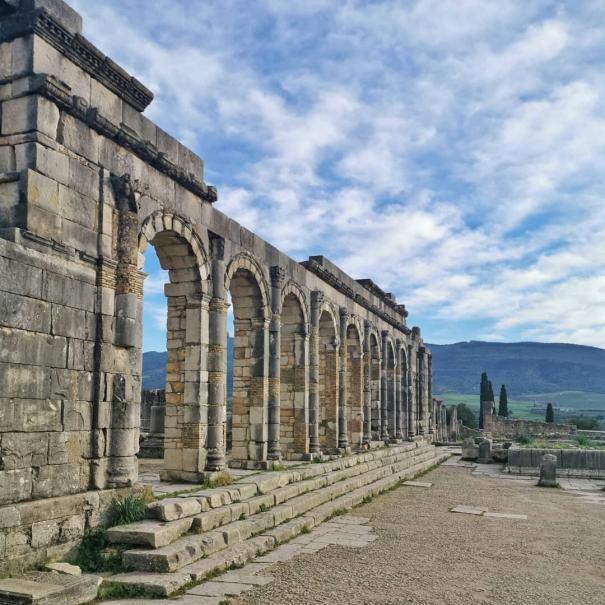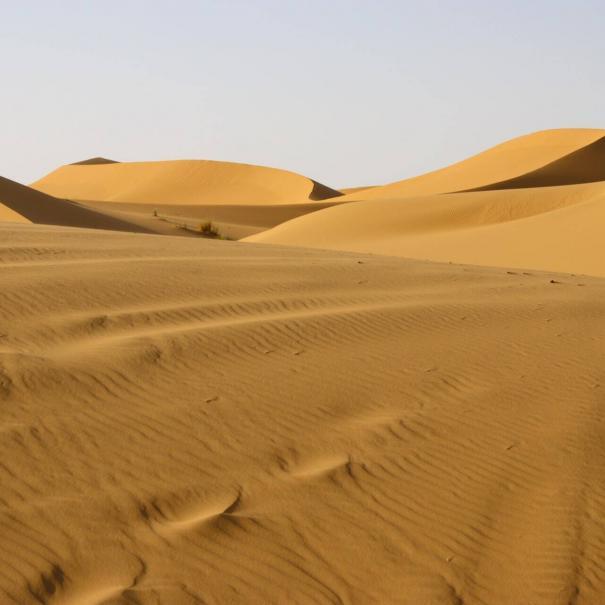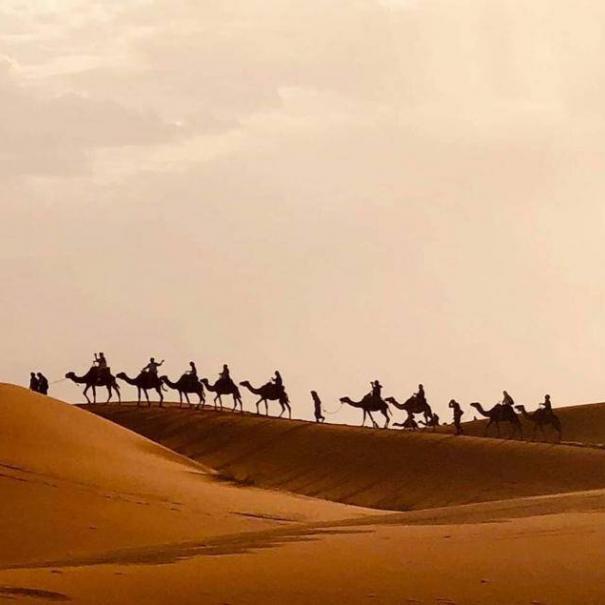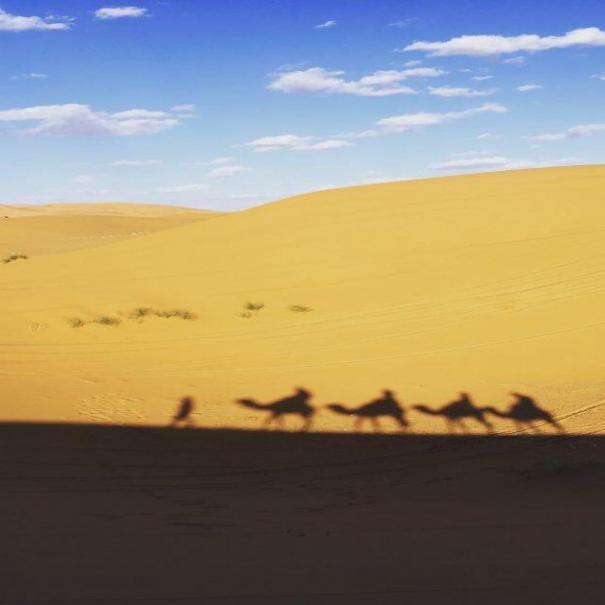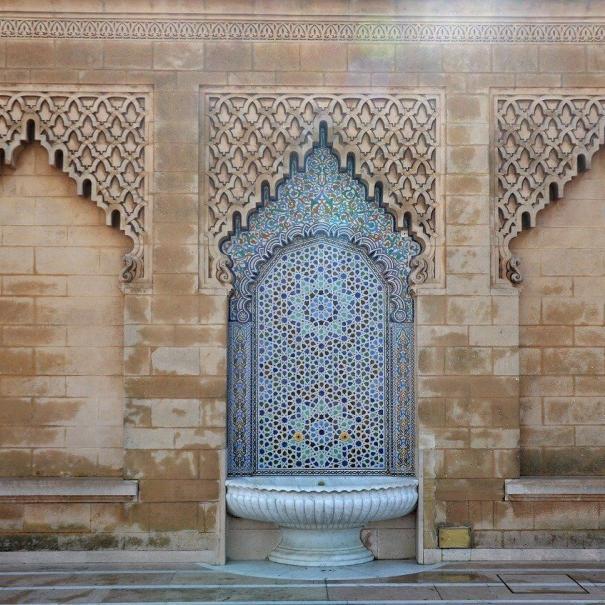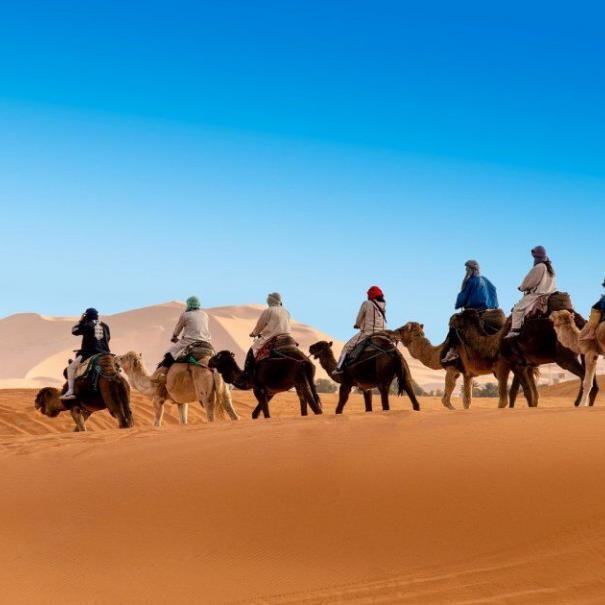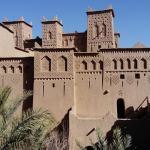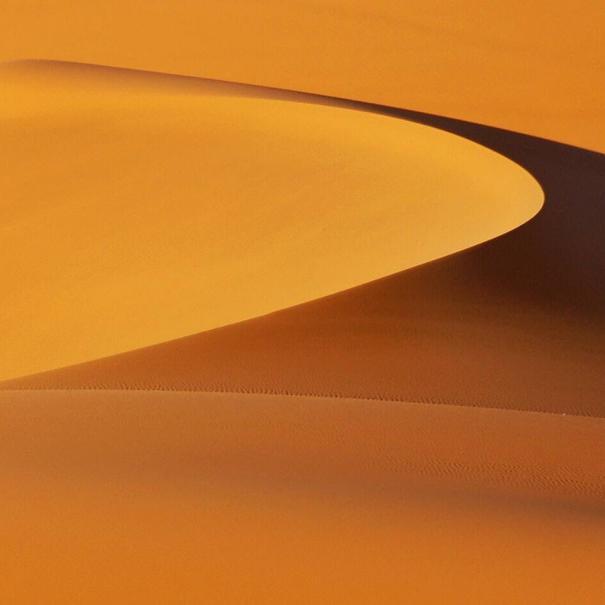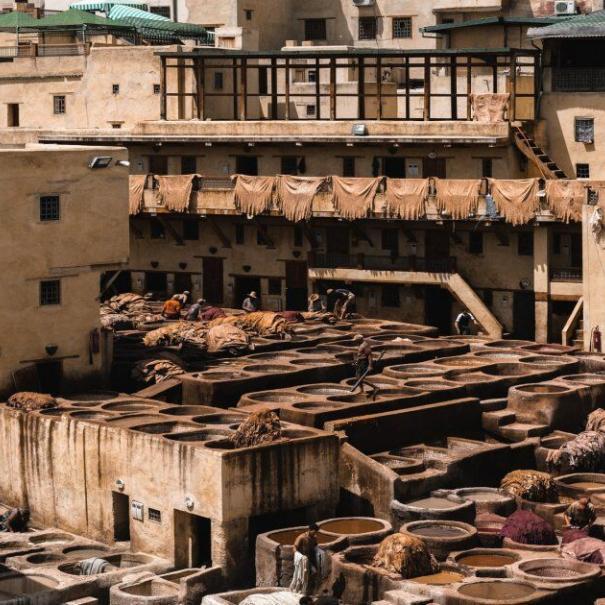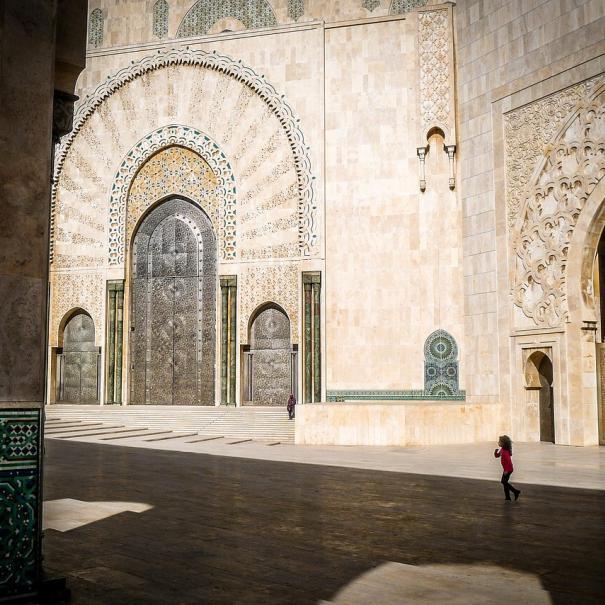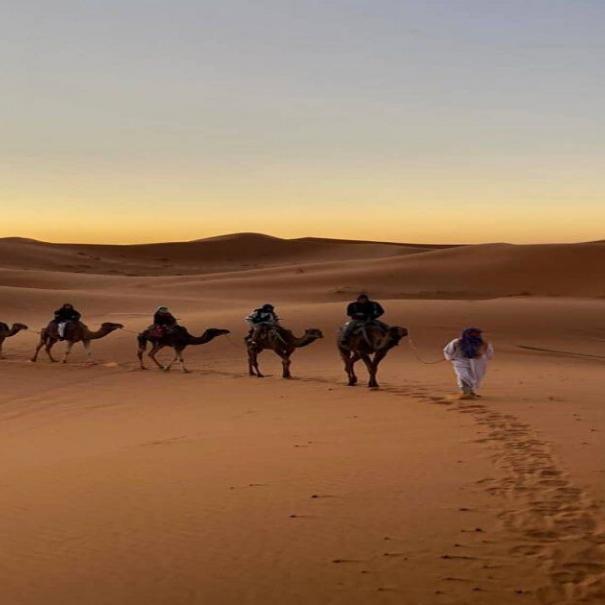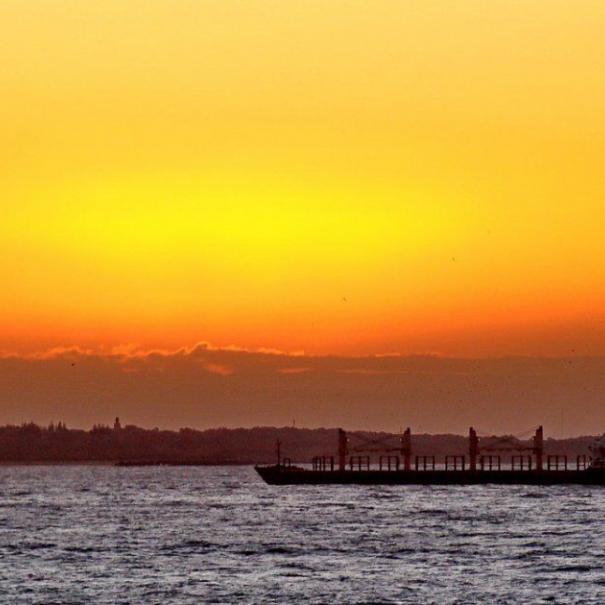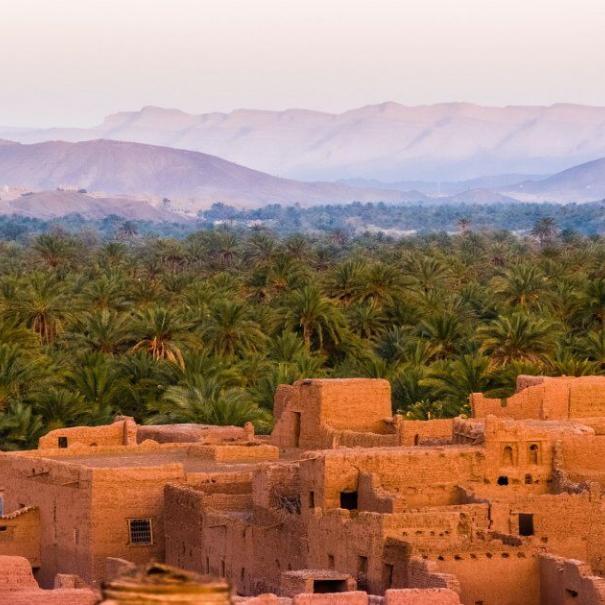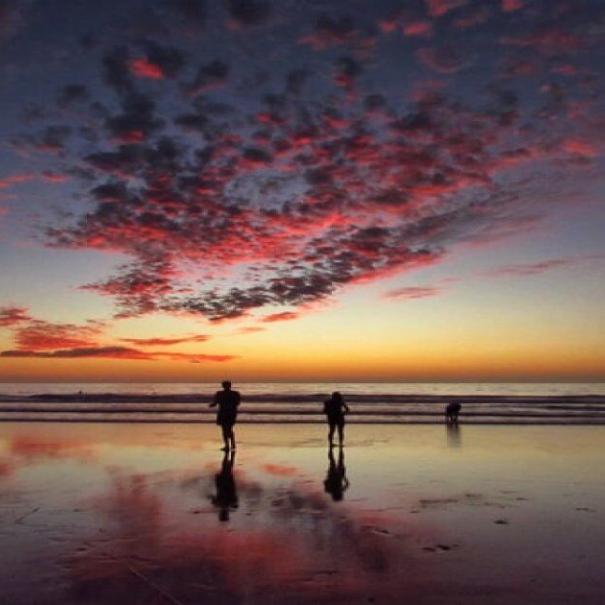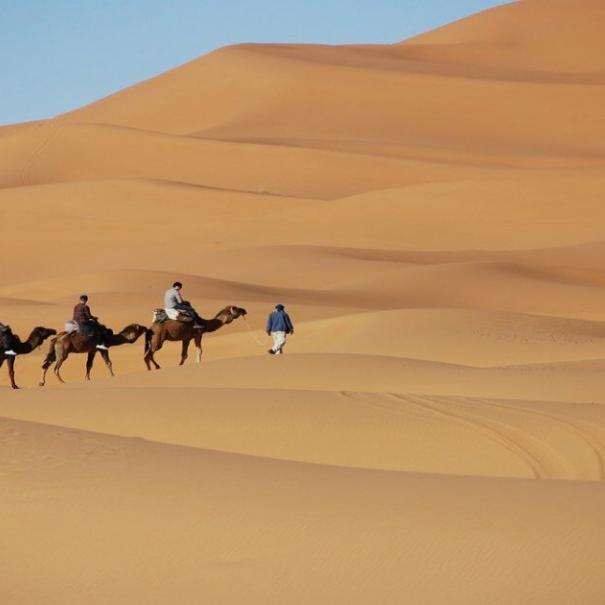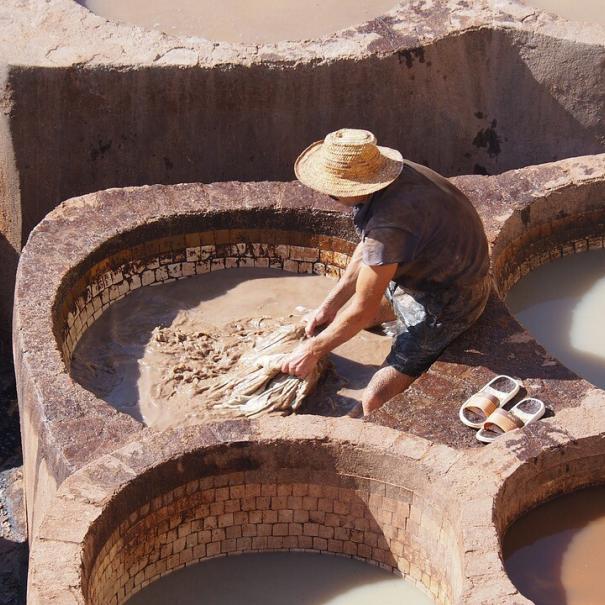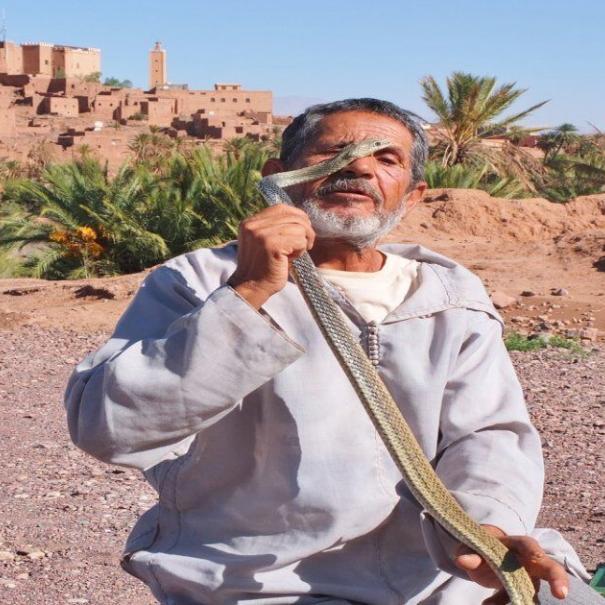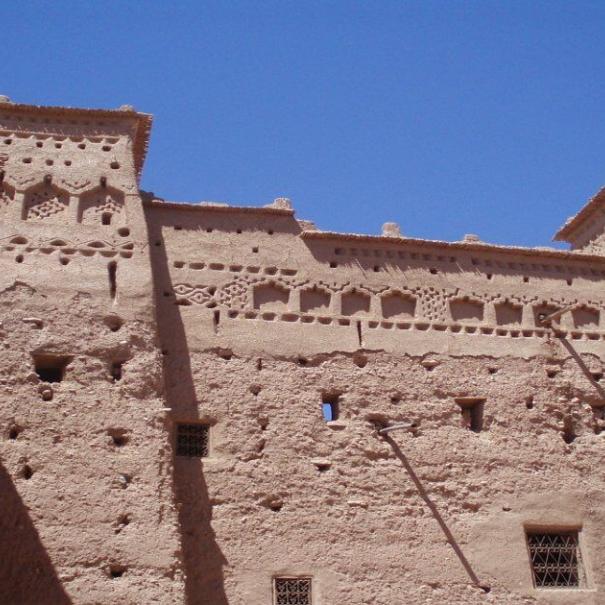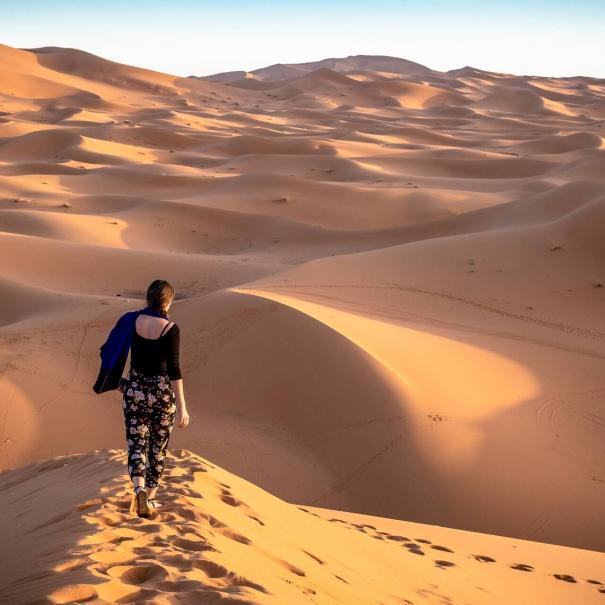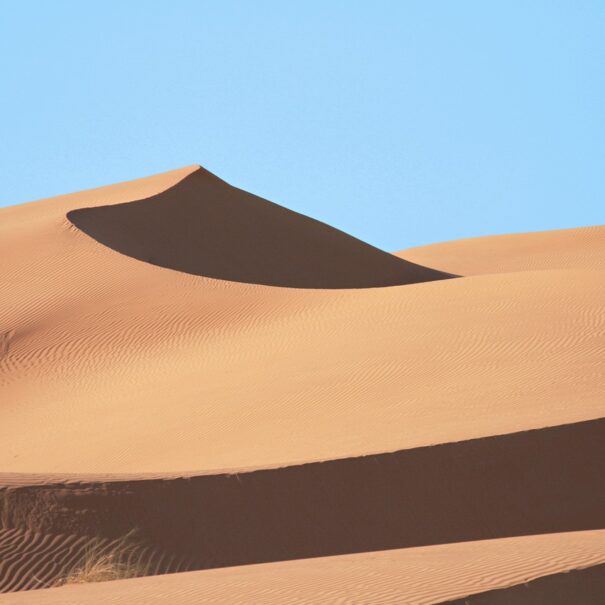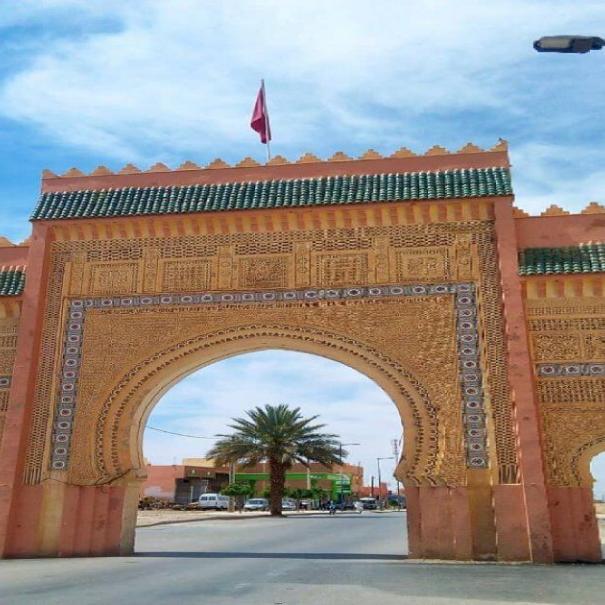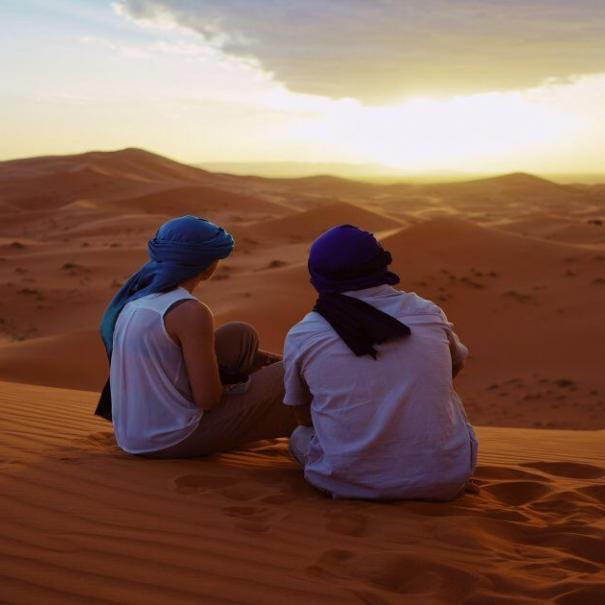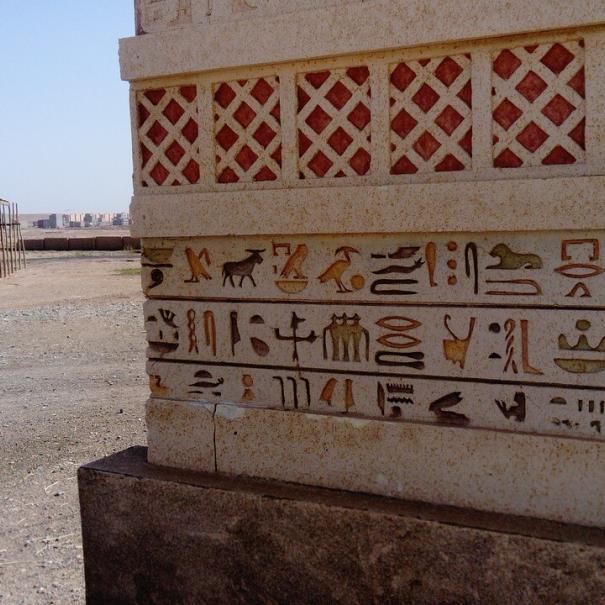Customized Morocco tours
Where to start your Morocco tour?
Morocco is a beautiful country in the north of Africa to travel to. There are many places to discover, many activities to do, and also many stunning places to see during our Morocco tours. But what are the cities in Morocco that contain international airports? What are the best cities where tourists start their tour?
Our customized Morocco tours start usually from Marrakech, Fes, Casablanca, for long trips, and Tangier. All these are rich with many attractions to explore. Also, they are where international Moroccan airports.
The most city where tourists land in is Marrakech, it got about 3 Million Tourists in 2019. Therefore, many call it the capital city of tourism.
For long tour itineraries, starting from 7 days, many tourists start their trip from Casablanca. You can mostly visit all the best sites in Morocco if your trip is long enough. Not to mention, Casablanca is usually excluded in short trips unless you start from it.
Fes is the cultural city of Morocco, it also contains an international airport. Most of the trips that start from there pass by Merzouga, the Sahara desert.
Tangier is the best city to start from if you want to visit the blue city Chefchaouen and Tetouan.
We have customized some itineraries below from these 4 cities. However, we are able to customize a different road trip starting from different cities like Agadir, Ouarzazate… Contact us for your own plan.
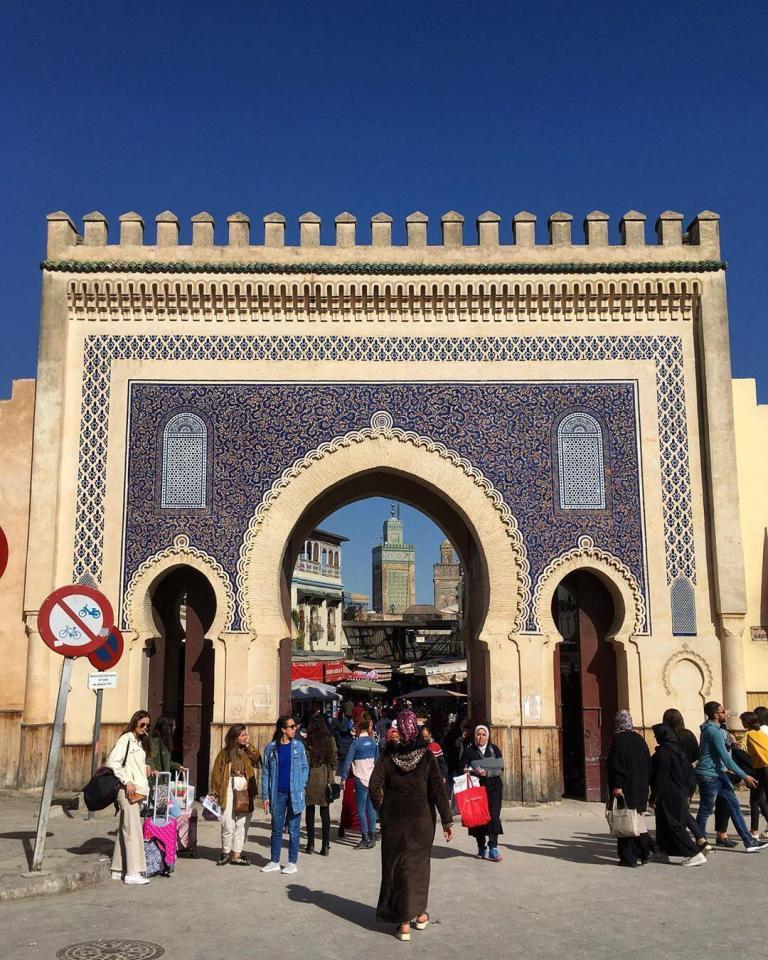
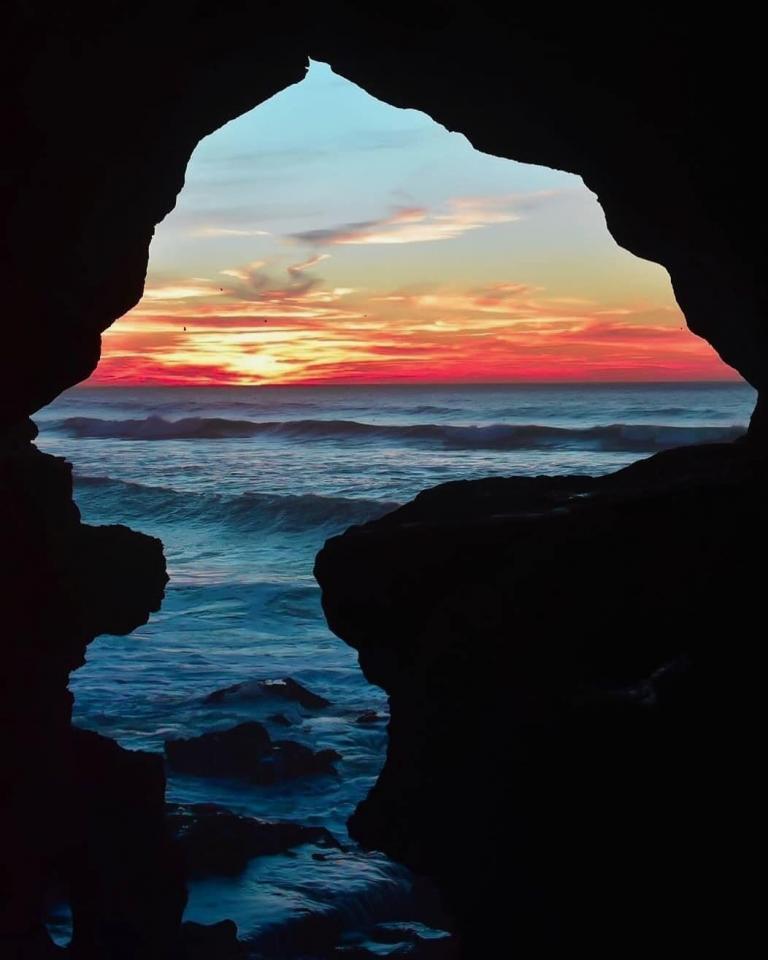
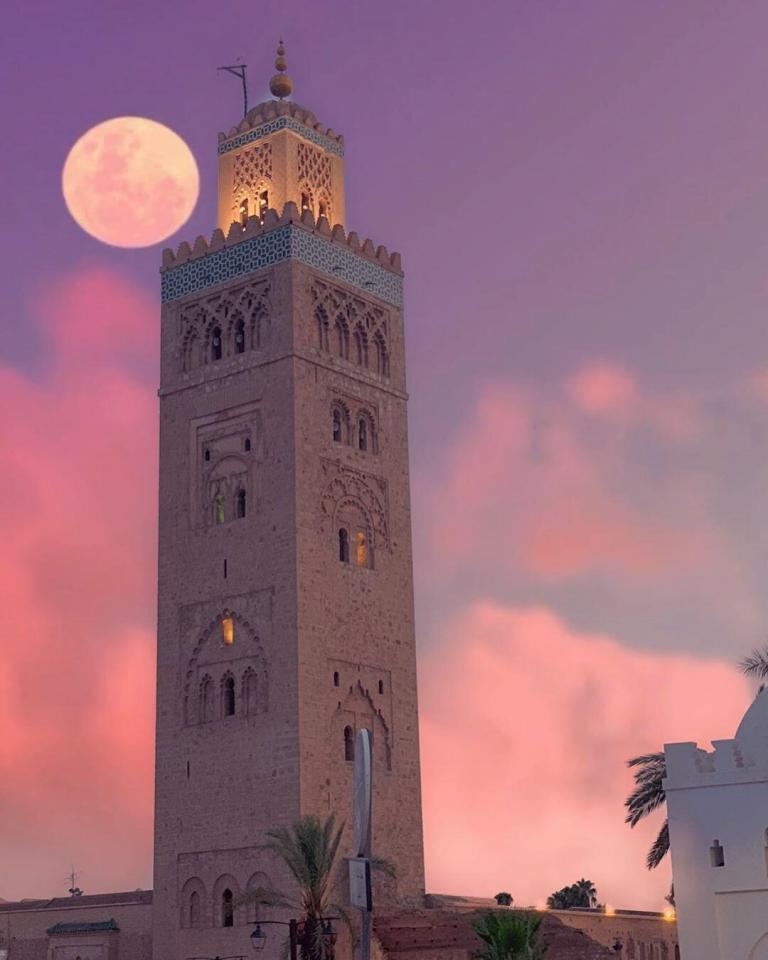
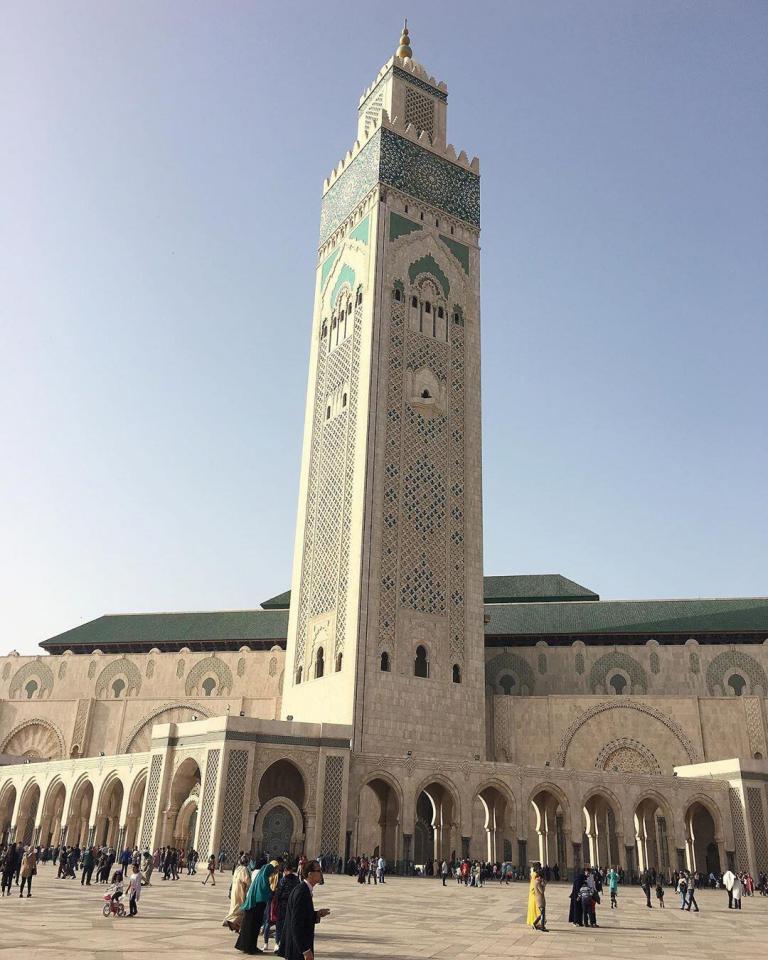
Our customized tours itineraries in Morocco:
If the tours itineraries customized below do not match with what you are looking for during your Morocco travel. Our team can plan your tour or day trip in Morocco starting where you are or where you will land. Please use our contact form to plan yours now.
Top Morocco tours activities:
Morocco is all about activities and local experiences. To fully enjoy Morocco tours, we recommend you take into consideration some of the best activities we list them below.
Camel trekking
The best of our Morocco tours is camel trekking in Merzouga Erg Chebbi dunes. This activity is usually booked with camping in Berber tents.
ATVs on the dunes
This activity is best if it rains in Merzouga. However, it is also an activity to take into consideration when in Merzouga.
Hammam "Sauna"
Hammam is a hot Moroccan sauna, one of the most relaxing things to do. Highly recommended in Fes and Marrakech. Our Morocco tours do not usually include SPA. However, if you are interested, tell us when we contact and we can include it.
Berber camping
The second best thing to do in Merzouga is surely camping at Berber tents. It's an experience of the nomadic Berbers. Most of the tourists who book one of our Morocco tours and have enough time to travel to the desert, they experience overnight here.
The best Morocco tours destinations:
Ait Benhaddou Kasbah:
Usually, our Morocco tours from Marrakech pass firstly by this site. Aït-ben-Haddou is located in the Ounila valley, south of Télouet, a stronghold of Glaoui, a valley that was a traditional crossing point for caravans connecting Marrakech to the southern Sahara. On its buttresses hang dwellings that seem to come from the depths of time.
It is a striking example of traditional southern Moroccan architecture. On the side of a hill at the top of which was a collective granary (an Agadir). The village presents itself as a group of earthen buildings surrounded by walls, the ksar, which is a type of traditional pre-Saharan habitat. The houses are grouped within their defensive walls reinforced by corner towers.
All around this douar a group of villages gathers together. Not to mention, all of them have been attracted by a river that crosses a valley. The inhabitants of these douars are for the most part former nomadic Berbers who chose sedentary life for various reasons.
The political organization of the past:
Oral tradition speaks of the existence of two tribal confederations in the region.
The first included: Itelouan, Tikkirt, Aït Lhussain, Tamakucht, and Aït Ouaziz. While the second included: Aït Zineb, Aït Semgan, and Imeghan, with the Aït Ben Haddou as allies (Ameqq). In case of conflict, for example against the Aït Ouaouzguit of Taourirt or Tazenakht, the latter called on their allies.
The djemaâ of the Aït Ben Haddou consisted of twelve persons called imejmàen (or Ineflas), and presided over by an Amghar or Sheikh. At the time of the Glaoua, after their election by the inhabitants, they had to appear before the caïd of Telouet to confirm their legitimacy by signature. Consensus elects the members of the djemaâ each year in June after the season of Sidi Ali or Amer.
The elected members were adults (necessarily male) who had a better understanding of the interests of the qbila without distinction of social status. At the level of
Muslim law (char) was in use mainly in matters of inheritance. However, customary law (ùrf) was also practiced. For example, if one resident killed another, he had to take refuge with the Imeghran for one year, after which he would return to the village to slaughter an animal to seek forgiveness from the victim’s family if they agreed.
The inhibition of Ait Benhaddou:
The habitat is par excellence a faithful reflection of the socio-economic, political, and natural environment from which it emerges. The old Aït Ben Haddou habitat is attached to the southern slope of a hill as if to avoid the mountain winds by exposing itself to the sun.
The climate of insecurity and perpetual instability that reigned allows us to understand the defensive aspect of all these constructions. This climate reflects on the site, in the construction techniques, in the very functions of the buildings (watchtowers, attics, ramparts, etc.).
The strategic position on the trade route between the southern zone and the northern towns, the disputes over water points, and pastures explain the grouped, easily defensible form of the houses. The choice of site is very significant because it allows for the surveillance of roads, farming areas, water intakes, and defense against potential enemies. The houses, in order to better face the external dangers, they grouped, piled up, and leaned together. Exterior walls are blind, ramparts are high, and controlled access. The ksar has three large gates, that of Imi n’Ighrem, that of Imi n’Talat n’Tighoura, and that of Imi n’ou Azerg Aït Ben Haddou. They guard All these gates and they close them at night.
Our Morocco tours include also one-day trips from Marrakech. It is usually for those who do not have much time to travel further south to the Sahara. Therefore, they visit only Ait Benhaddou for one day from Marrakech.
Merzouga, the Sahara desert:
Merzouga, the best site of our Morocco tours, is a city located in the southeast of Morocco. The main source of income comes from the tourism industry due to the Erg Chebbi where tourists love to go for quad biking or 4×4 rides.
Travelers who wish to discover the beauty of the Sahara Desert should look no further than Merzouga. This destination offers an unforgettable experience thanks to its wonderful landscapes of impressive dunes that constantly change color under the influence of the sun.
Merzouga is the gateway to this spectacular oasis, where visitors can ride camels across the dunes and taste Berber dishes while spending peaceful nights in tents and watching the starry sky.
What are the particularities of Merzouga?
Merzouga is very active, full of shops, restaurants and cafes, hotels, banks and ATMs, handicrafts and souvenir stores, which undoubtedly makes it the tourist capital of the region. Furthermore, Merzouga still retains a certain authenticity of a true Arab city with an impressive market and beautiful surrounding landscapes filled with oases, dunes, and rocky mountains.
This city is also a cinema hub for many film directors. Some well-known films have had several scenes shot in Merzouga.
The history of Merzouga :
Merzouga has a fairly recent past. However, many ancient fortified villages have existed in the area for several centuries, the French troops built Merzouga after the difficult victory of the Battle of Tafilalet, which took place between 1916 and 1932.
The activities of Merzouga:
The most important activity for those who visit Merzouga is camel trekking. Our Morocco tours to the Sahara include it with camping in Berber tents. Overall, the ideal would be to explore the dunes of Merzouga by camel to discover this ocean of sand.
The excursions:
Other possibilities to discover Merzouga: Jeep excursions, allowing you to discover many historical and tourist sites with guides who know the region well. Travelling in Morocco can of course include you in such excursions.
Take the time to get to know the culture and the amazing local people who live there. If you don’t like Jeeps so much, Quad bikes are another fun and exciting way to explore this incredible landscape.
Skiing:
It is possible to go sand skiing in Merzouga, it is an excellent option for thrill-seekers. Also, skiing over the massive dunes is a rare and unforgettable experience. Many local hotels in Merzouga offer equipment for those who would like to try it. These hotels also offer many unexpected services, such as sand baths which are very effective for rheumatism and skin problems.
Fes, the cultural city:
Overview:
Fes, also called Fez, is a provincial capital in the northern part of Morocco with the terraced old town of Fes el-Bali in the valley of the Oued Fes and the district of Fes el-Djedid, situated on a plateau. The city is one of the most important economic centers of the country. Moreover, the main economic sectors include a wide range of crafts, such as the processing of leather, textiles and metal goods, dyeing and pottery, as well as the production of handicrafts, carpets, weapons, jewelry, and perfume. In addition, there was a lively trade in agricultural products from the surrounding area. Fes is also the capital of the Fes-Boulemane region, one of 16 regions within Morocco.
Besides its cultural and political importance, Fes is the most important religious center of western Islam. Also, Fes is the third-largest city in Morocco with over 1,070,000 inhabitants (2012 census) and is also the oldest of the country’s four royal cities (Fes, Marrakech, Meknès, Rabat). Soon after the founding of Qarawiyin University, the city was the intellectual center of the region. In the 19th century, the two old districts connect by new buildings such as the Boujeloud Palace. Not to mention, Fes remained the capital of Morocco until the beginning of the French protectorate in 1912.
The old town of Fes:
The old town – Fes el Bali -, the most visited with our Morocco tours, is located in the district around Qarawiyin University, which was the center of public life after its foundation in 859. A wall surrounds the old medina. In Meridian times, they built the two citadels “Borj Nord” and “Borj Sud”, which are located on the hills above the old town. The so-called new town – Fes El Medinet El-Beida – has a medieval character and goes back to the dynasty of the Merinids (1269 – 1465), who declared Fes the capital of their empire from 1276. It soon became known as Fes el Jedid (“the new Fes”), in contrast to Fes el Bali, the old city. In the center are the royal palace and the Jewish quarter (Mellah).
Medina:
Fes is a work of art from at least three epochs: The Arabic city center with its 9th century medina, the 500 years younger, Islamic-influenced Fes of the Mérinid rulers and the Ville Nouvelle of the French with its official buildings, palm-lined boulevards and southern European street cafes. Right in the middle of all this is the most magnificent part of the city that is not accessible to visitors: the Royal Palace of Fes. Many people would like to know what it looks like from inside, but nobody has ever been inside. The summer residence of King Mohamed VI remains a secret, as do the many other palaces.
History:
The first name of the city of Fes was “Medinat Fas” and founded by Idris I in 789 on the site of the present Andalusian quarter. The second foundation was in 809 by Idris II “al-Aliya” on the opposite bank of the Wadi Fes. Al Aliya quickly developed into a real city with a mosque, palace, and Kisariya (market hall). The vital water sources around Fes, which became famous and sung about early on, were an important criterion in the selection of the location for the future metropolis. Between 817 and 818, some 8,000 Andalusian families, driven out of Spain by the Umayyads of Cordoba, settled in the city. Shortly thereafter, 2,000 exiled families from Kairouan (Tunisia) will join them and settle in the opposite part of the city.
The new arrivals brought with them great technical and craft skills as well as experience of cities and urban life and contributed significantly to Fes becoming the cultural center and religious heart of Morocco. The university mosque “al-Qairawiyin”, founded in 859 by the rich merchant’s daughter Fatima el-Fihrya, became one of the most important centers of spirituality and culture in Islam. Its charisma has had an impact on the schools of Islamic Spain and on Europe. The Arab historian Ibn Khaldoun also taught here. In 1276, under the rule of the Merinids, they found the new city El Medinet El-Beida (“the white city”) and immediately equipped with perimeter walls, palaces, and gardens. It soon became known as Fes Djedid (“the new Fes”), as opposed to Fes el-Bali, the old city.
Fes – World cultural heritage:
As early as 1981, the old town of Fes in Morocco was included in the UNESCO list of World Heritage Sites. The former Moroccan capital is a very important cultural-religious center. The old town (“Fes el Bali/el Medina el Qadima”) is based on the district around Qarawiyin University, which was the center of public life after its foundation in 859. It is enclosed by the city wall. In Merinidian times, the two citadels (“Borj Nord”, “Borj Sud”) were also built, which are located on the hills above the old town. [1]
Further information about the world cultural heritage of the old town of Fès in Morocco can be found here…
The red city, Marrakech:
Overview:
Marrakech, the red city, one of the main cities where our Morocco tours start from. Southeast of Marrakech (Marrakesh) runs the High Atlas, the highest mountain range in North Africa. If you look from the city center in this direction, you can see the snow-covered mountains of this mountain range all year round. The city is one of the royal cities of Morocco along with Meknes, Fes, and Rabat. Meanwhile, a highway connects the cities of Agadir, Casablanca, and Essaouira with the so-called red city. The city has about 1,036,000 inhabitants and is the capital of the province of the same name. Marrakech is also an oasis city with over 180,000 palm trees and many gardens. In the course of the seasons’ oranges, figs, banana trees, olive trees, and oleanders grow here.
Gardens and parks:
The city’s valuable gardens and parks are home to numerous native plants or other species that have been imported over the centuries: bamboo, yucca palms, papyrus, palm trees, cypresses, philodendron, rose bushes, bougainvillea, pines and various species of cacti. Today, Marrakech is an important traffic junction, connected by a railroad line with Casablanca and the north of Morocco. Since 2008, the railroad connection ends in the new main station, beautifully designed in the traditional style. Economically, the city lives mainly from tourism, in addition to trade, the dyeing industry, carpet production, and the processing of agricultural products. The airport Marrakech-Menara is located at the edge of the city. And the most beautiful thing about this city: Marrakech is only about 2 – 3 hours away from Central Europe by plane!
Marrakech Airport:
Marrakech-Menara Airport is the international airport of the Moroccan city of Marrakech and the second largest in Morocco in terms of area. It consists of two airport buildings with an area of 22 hectares. There are 53 companies and 18 aircraft parking lots. All current aircraft types, including Boeing 747s, have landing permission, with Royal Air Maroc being the most heavily involved, flying to various airports in Spain, Italy, France, Switzerland, and Great Britain. In addition, several other airlines operate, including the low-cost carriers Ryanair, Transavia, and EasyJet, which have a large number of passengers during the summer season. Among the charter, airlines are Germanwings, Edelweiss Air, and Thomas Cook Airlines.
Marrakech, the red city:
Marrakech is often referred to as the “red city”. Located at the foot of the High Atlas mountain range, the color of its city walls is predominant. However, many houses in the medina and even in the modern city have this color. Everything here has somehow a “red” touch, but it suits Marrakech very well. This city is the recognized art and culture city of Morocco – there is even a theater and an opera. In 1985, the medina of Marrakech with its famous Juggler’s Square and together with the Agdal Gardens and the Menara Garden have declared a World Heritage Site by UNESCO. Especially in Marrakech, you will experience how rich in contrast Morocco can be.
Further information about the UNESCO World Heritage Site of the Medina of Marrakech in Morocco can be found here….!
History:
Many tourists who book one of our Morocco tours are amazed by the History of Marrakech. It was founded on 7 May 1070 by Abu Bakr ibn Umar to provide a center for the new Almoravid movement. Abu Bakr’s successor Yusuf ibn Tashfin (1009 – 1106) conquered what is now northern Morocco and Andalusia and had Marrakech expanded to become the capital of his empire. Then, during the reign of his son Ali ibn Yusuf, the city was considerably expanded and the enormous city wall, which is still standing today, was built. The Almohads, an originally religious movement that had formed under the leadership of Ibn Tumart against the Almoravids, conquered northern Morocco in the 12th century under his successor Abd el Moumen and finally Marrakech in 1147.
Marrakech after 1147:
They destroyed religious and secular buildings as symbols of the Almoravids. Under the reign of the Almohads (1147 – 1269) the Koutoubia Mosque was built. After civil war-like conflicts for power in Morocco, the Merinids took Marrakech in 1269. The victor Abou Youssouff Yakoubb finally gave up Marrakech as capital in favor of Fes. Under the Saadians, Marrakech temporarily became the Moroccan capital again from 1554 on. Under the following dynasty of the Alaouites, from which the present ruling house also originated, Fes was again chosen as the seat of government.
Commercial center:
In modern times, the city has been transformed into an attractive commercial center with more than one million inhabitants. Therefore, with its “Palais des Congres”, the city developed into an international meeting place and is now a regular host for conferences. Marrakech has a number of architecturally significant buildings, including the Koutoubia Mosque from 1162, the Kasbah from the 12th century, and the Ben Youssef Medersa from the 14th century. Besides the mosque, the main attraction is Djemaa el Fna square, the world-famous medieval market, and the executioner’s square.
Medina of Marrakech:
In the medina, you will find the famous souks where merchants sell their goods. Here you can buy souvenirs typical of the country, such as spices, colorful cloths, leather goods, and lamps. Marrakech is divided into several zones. The two most important are the medina and the new town of Gueliz, founded by the French during the time of the protectorate. The medina is the more interesting part for tourists because of its markets, buildings, and sights. If you are looking for good hotels, bars, and restaurants, you should rather look for Gueliz.
Menara Garden:
The Menara Garden is one of the public parks in Marrakech. It dates from the 12th century and was built by the Almohads. In the 19th century, the garden was replanted as fruit and olive plantations. Worthwhile sightseeing points from the outside are the Saadian era palace, which is covered with a pyramid roof made of green glazed tiles, and the irrigation basin – one of the most popular photo motifs – especially when, on a clear day in winter, the snow-covered slopes of the High Atlas have ….
Majorelle Garden:
One of the most beautiful gardens in Marrakech is the Jardin Majorelle. It is located in the new town and is impressive for its variety of plants and somewhat peculiar architecture. The Jardin Majorelle is a botanical garden and was built by the French artist and painter Jacques Majorelle in 1923 in Marrakech, which was then still under French occupation. The painter’s works of art have largely been forgotten today – except for the garden….
Koutoubia Mosque:
From the world-famous Djemaa el Fna square, you can see the landmark of Marrakech – the Koutoubia Mosque. It owes its name to the souk of booksellers that once stood on this site. Around the mosque are the foundations and vaults of this former souk. The Koutoubia Mosque is famous for its 77-meter-high minaret, the only completed, original prayer tower from the Almohad period. A few hundred meters further south is another important sight: the Palais de la Bahia.
Ben Youssef Medersa:
The Ben Youssef Medersa was once a famous Islamic school in Marrakech. It was named after Sultan Ali ibn Yusuf (reigned 1106 – 1142), a member of the Almoravid dynasty, who greatly expanded the city and its influence. It is the largest Medersa in all of Morocco. The school was founded during the time of the Marinid Dynasty (14th century) by Sultan Abu al-Hassan in the immediate vicinity of the Ben Youssef mosque. The building of the Koranic school was then rebuilt during the Saadian rule by Sultan Abdallah al-Ghalib (1557 – 1574). In 1565, the reconstruction of the building was completed, as confirmed by an inscription in the prayer room. Around the inner courtyard of the Medersa, 130 living cells for students are grouped.
Palace of La Bahia:
The Palais de la Bahia (Bahia Palace) is a building from the late 19th century and was the largest palace of its time. The gardens built on the grounds of the palace are now part of the ensemble of parks in Marrakech. As in other palace and garden complexes in Morocco from this period, the purpose of the gardens was to emphasize the essence of Islamic and Moroccan architecture. The total area of the complex including the palace….
El Badi Palace:
Another interesting building, though now only preserved as a ruin, is the El Badi Palace (Arabic: the incomparable palace) in Marrakech. The remains of a palace visible today were built in 1578 by the Sultan Ahmad al-Mansur, a ruler from the Saadite dynasty. The original palace building once consisted of about 360 rooms, a courtyard measuring 135 m x 110 m, and a water basin measuring 90 m x 20 m, richly and lavishly decorated with Italian marble and large quantities of gold, which was imported from Sudan at that time. It took about 25 years to build this palace.
The Alawite Sultan Moulay Ismail had large parts of the decoration of the palace demolished to be used in his own palace in Meknés. The design of the palace is said to have been influenced by the style of the Alhambra in Granada.
Saadian Tombs:
Another sight and also interesting is the monument of the so-called Saadian graves. The access to the tombs was rediscovered only in 1917 during excavations by French archaeologists. Enclosed by a high wall, the tombs contain two mausoleums, which are located in a magnificent rose garden. In the tombs, which are decorated with Italian Carrara marble, mosaics, stucco, and cedar woodwork, four sultans of the Saadian dynasty from the 16th century are buried with 62 members of their families….
